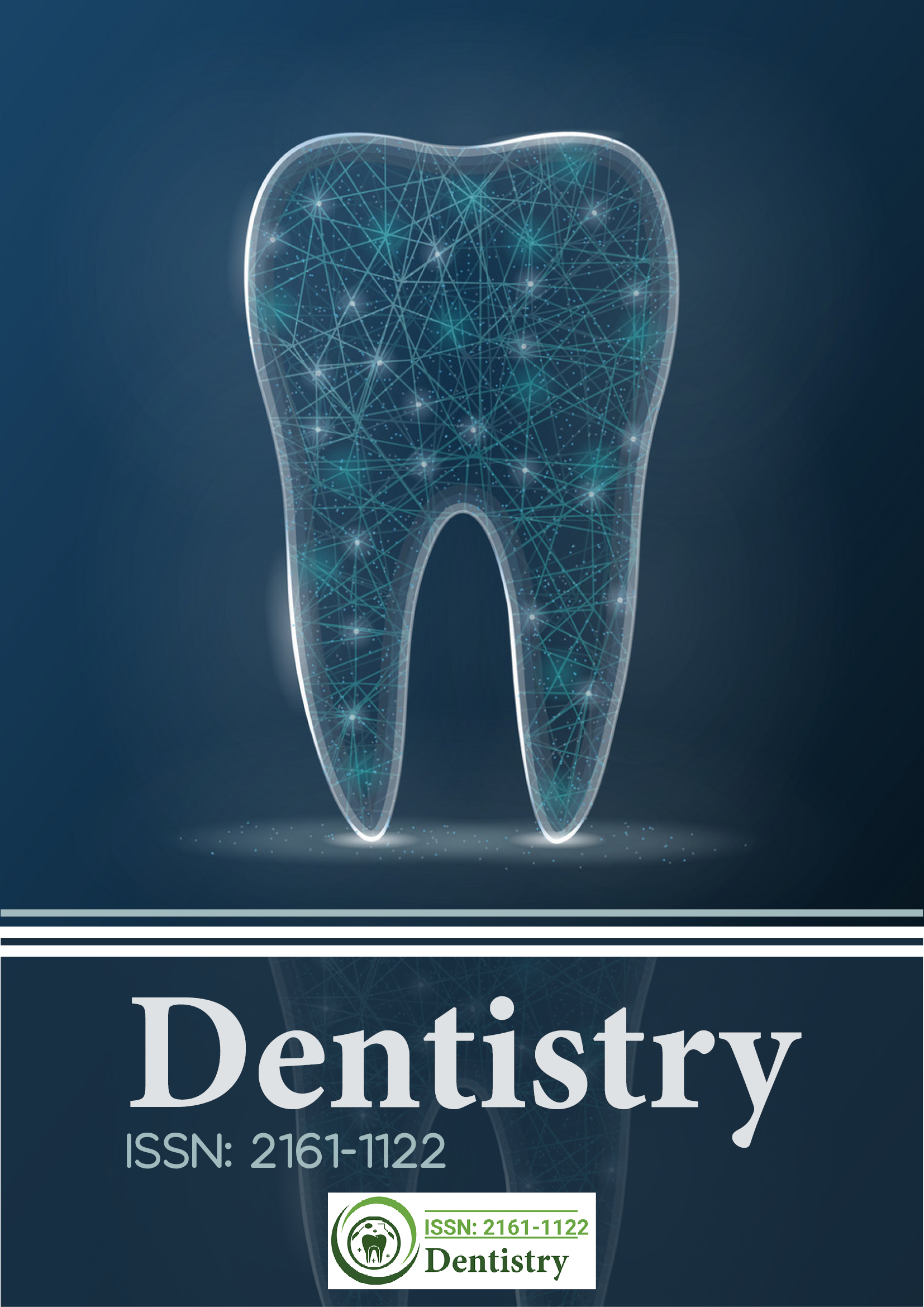Indexado em
- Genamics JournalSeek
- JournalTOCs
- CiteFactor
- Diretório de Periódicos de Ulrich
- RefSeek
- Universidade de Hamdard
- EBSCO AZ
- Diretório de Indexação de Resumos para Periódicos
- OCLC- WorldCat
- publons
- Fundação de Genebra para Educação e Pesquisa Médica
- Euro Pub
- Google Scholar
Links Úteis
Compartilhe esta página
Folheto de jornal

Periódicos de Acesso Aberto
- Agro e Aquicultura
- Alimentos e Nutrição
- Bioinformática e Biologia de Sistemas
- Bioquímica
- Ciência de materiais
- Ciencias ambientais
- Ciências Clínicas
- Ciências Farmacêuticas
- Ciências gerais
- Ciências Médicas
- Cuidados de enfermagem e saúde
- Engenharia
- Genética e Biologia Molecular
- Gestão de negócios
- Imunologia e Microbiologia
- Neurociência e Psicologia
- Química
Abstrato
Eficiência do alinhamento do arco mandibular com aparelhos Edgewise autoligáveis e convencionais: um estudo de molde odontológico
Diego A. Gaspar Ribeiro, Marcio Rodrigues de Almeida*, Ana Claudia Conti, Ricardo Navarro, Paula Oltramari-Navarro, Renato Almeida, Thais Fernandes
Objetivo: Analisar e comparar a eficiência da correção do apinhamento mandibular entre dois tipos de sistemas de braquetes.
Material e método: De acordo com os resultados da análise de poder para cálculo do tamanho da amostra, 19 pacientes Classe I de Angle foram incluídos no estudo e divididos aleatoriamente em dois grupos: GI (n=10, média de idade 19,68 anos, min 13,86, máx 28,78, braquetes autoligáveis ) e GII (n=9, média de idade 20,98 anos, min 11,13, máx 29,85, braquetes convencionais pré-ajustados). Para a realização deste estudo, a sequência de fios utilizados foi semelhante para ambos os grupos. Os modelos de gesso foram disponibilizados no início do tratamento (T1), após 180 dias de nivelamento e alinhamento (T2) e na conclusão do nivelamento (média, 600 dias, T3). O grau de apinhamento foi medido por meio dos índices de irregularidade de Little e Fleming, utilizando-se um paquímetro digital Mitutoyo. O teste t de Student e a ANOVA foram utilizados para comparar a eficiência do alinhamento mandibular entre os dois grupos.
Resultados: Os resultados mostraram que na fase inicial de alinhamento (após 180 dias), não foi encontrada diferença estatisticamente significante entre os grupos. Por outro lado, da fase T1 a T3, observou-se diferença estatisticamente significante entre os grupos quanto à correção do apinhamento mandibular .